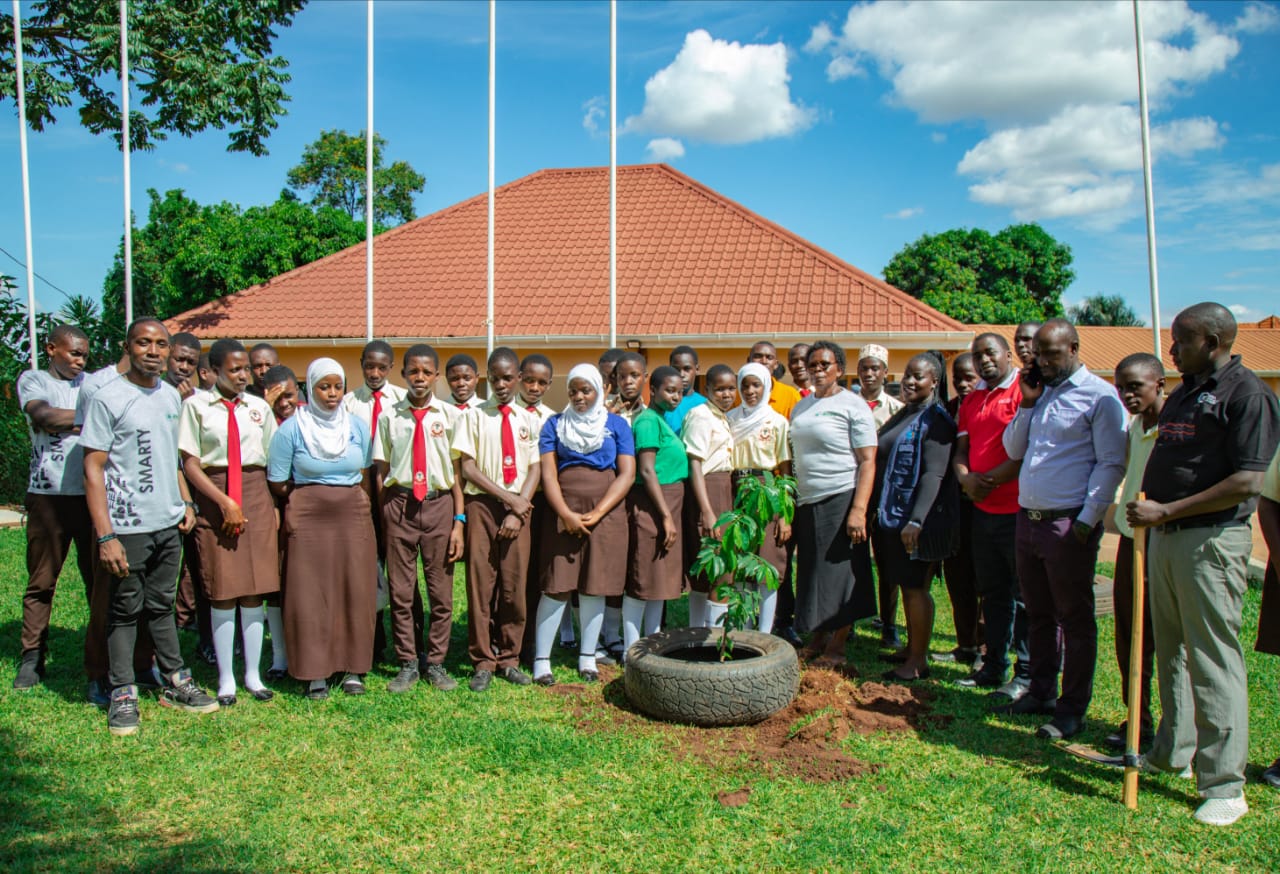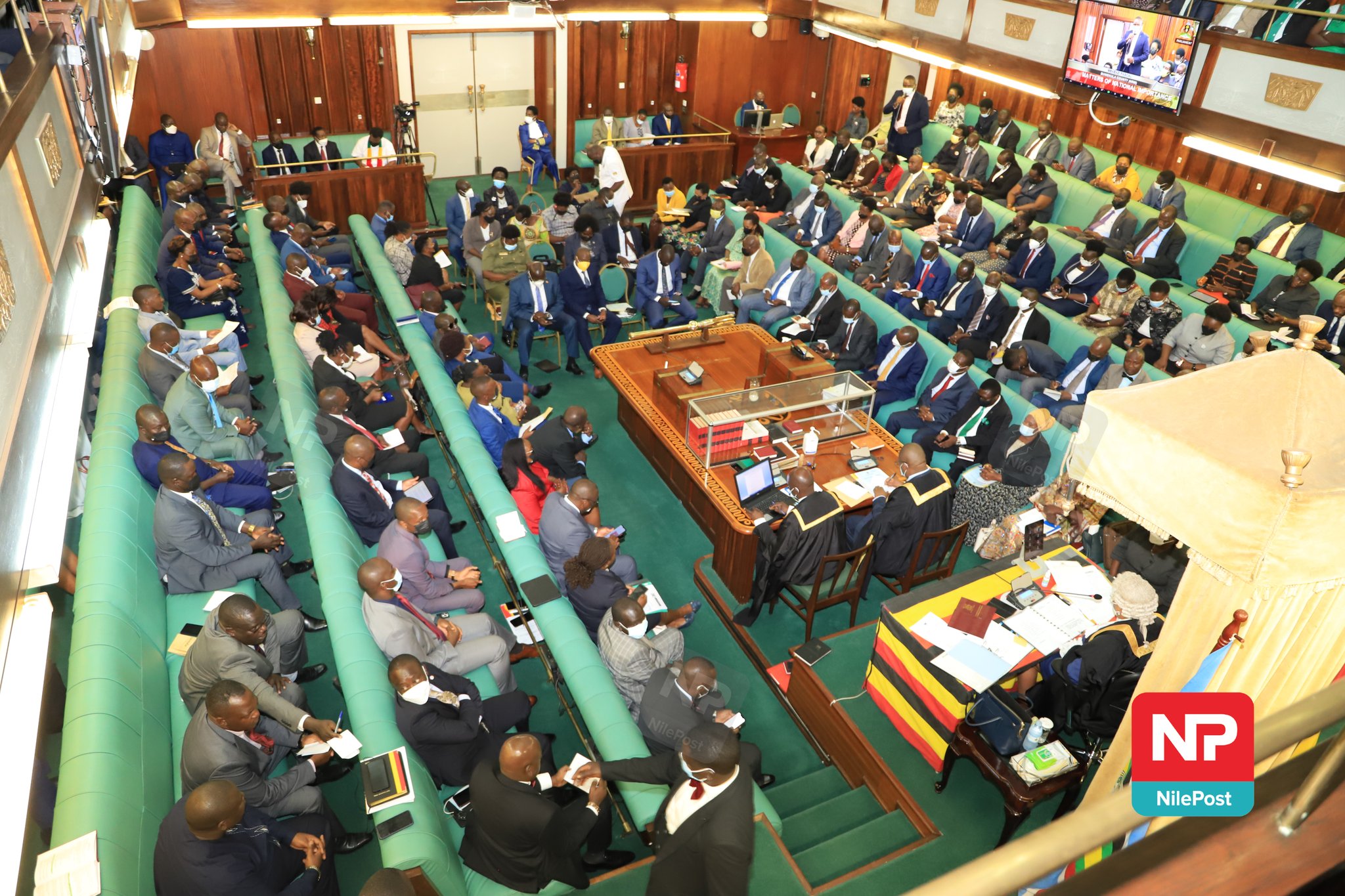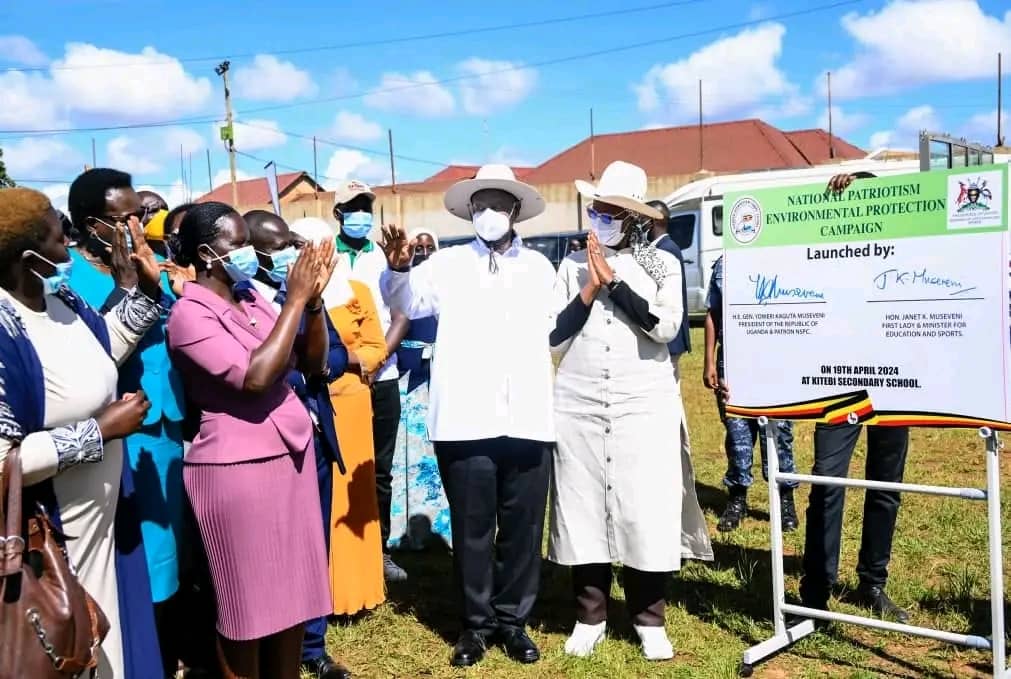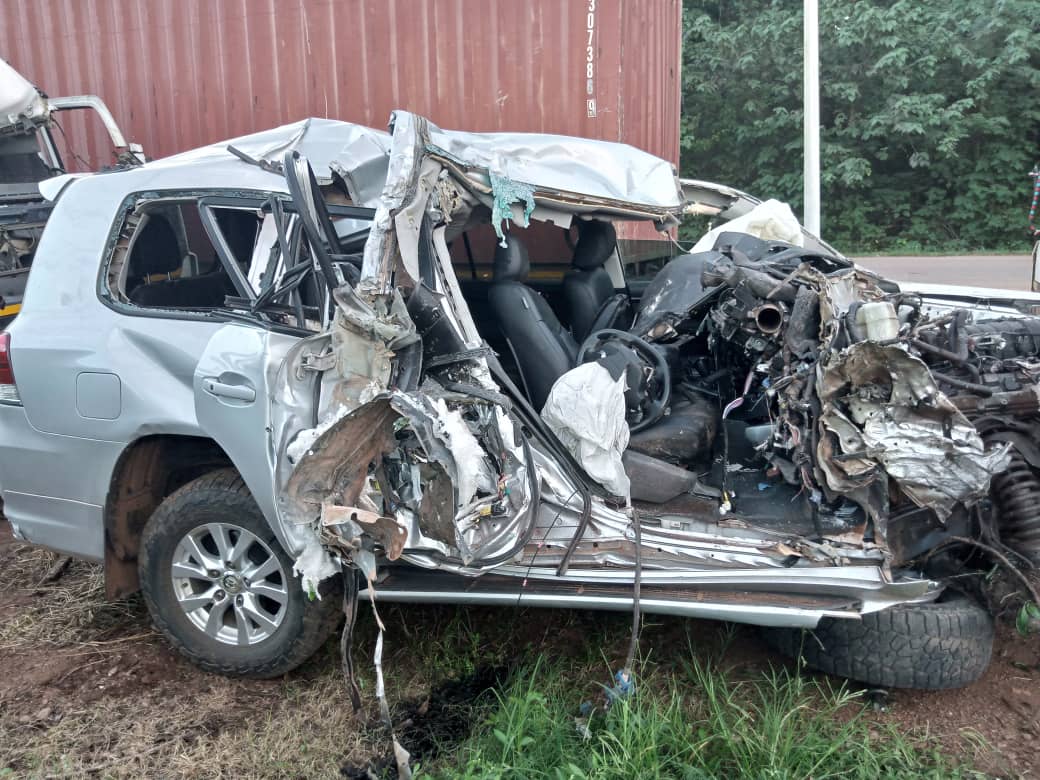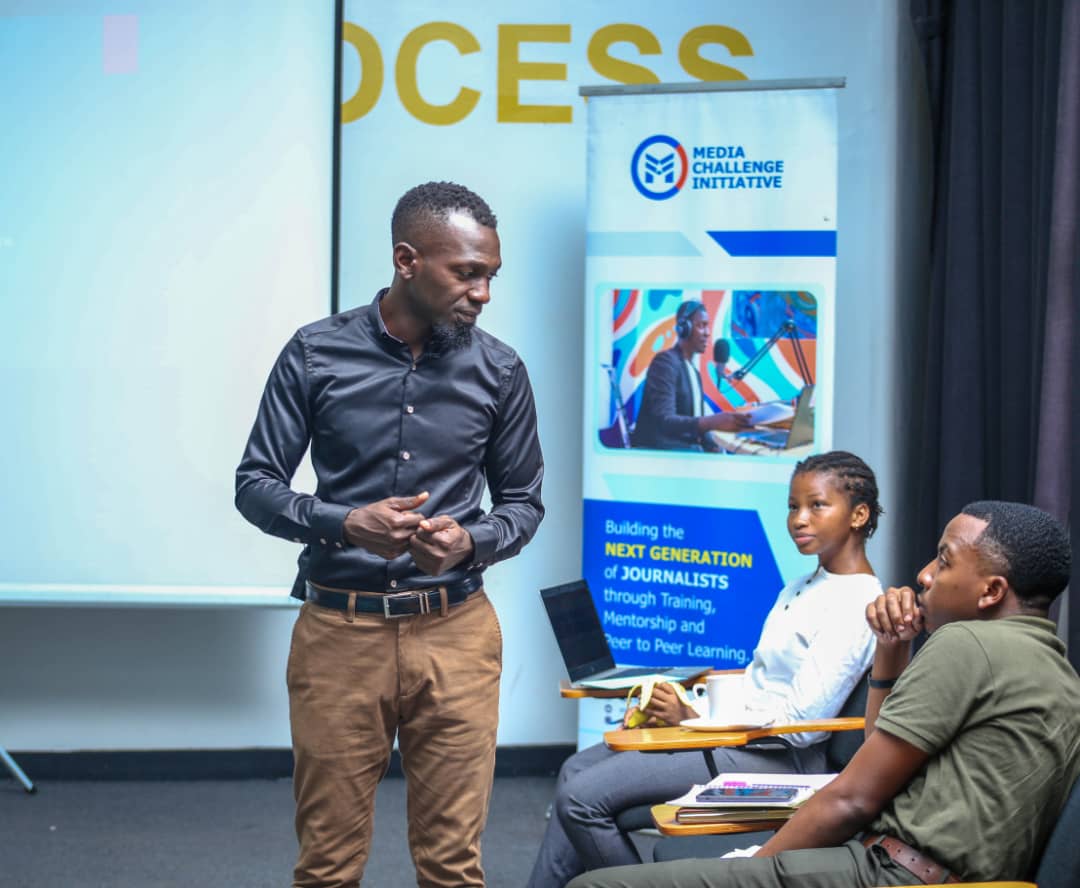Opinion: What safe reopening means after close to two years of school closure
Hadijah Mwanje
As 2022 begins, Uganda’s students, teachers and parents are emerging from over 83 weeks of school closures since the COVID 19 pandemic hit the country in March 2020.
These closures – longer than any country in the world and a first in the history of the country – were an effort to keep children and communities safe by curbing the spread of COVID-19.
While we cannot know how Uganda would have weathered this pandemic if schools remained open, the negative impacts of closures on children’s physical and psychological wellbeing have been undeniable.
Uganda has registered overwhelming cases of violence against children (VAC), from sexual violence leading to high teenage pregnancies, to child labor and both physical and emotional violence. Out-of-school learners have been forced to engage in risky economic activities. Girls have been married off or given birth long before their education is complete.
His Excellence, President Yoweri Kaguta Museveni issued a directive on reopening schools at all levels from 10th January this year, a sigh of relief for the parents, teachers and children who have remained in limbo for two years.
For this decision to maintain the best interests of children, prioritization of their safety is paramount. This poses a question: what does safe reopening mean to the children of Uganda?
We applaud government for deliberate efforts made through media campaigns to encourage all children to be sent back to school, through reorienting teachers for reopening, and through training of senior teachers for providing emotional support to learners.
Recent guidelines on the return of child mothers and pregnant students are among these critical efforts.
At Raising Voices, we know that children’s psychological and physical safety goes far beyond masks, sanitizers, and proper distancing.
There is much more to be done to ensure a safe learning environment and to promote children’s mental health. New COVID-era SOP enforcement breeds the possibility of that enforcement being backed by corporal punishment and other forms of VAC in schools.
Condensed school curricula will likely increase stress on teachers and make such violent discipline more likely.
The last thing learners need is to emerge from the uncertainty of closures to the certainty of the cane. While we prepare the necessary infrastructure for children to return, here are a few ideas which we believe are critical as children settle into their learning environments:
- Commit to a nonviolent school culture: Schools must prevent and speak out against all forms of VAC ranging from corporal punishment, harassment from teachers or peers, sexual violence. We encourage and applaud the teachers who are using this time to re-form healthy relationships with their learners while embracing a zero-tolerance policy for violence from teachers or other learners. The whole school should be involved in creating understanding for this culture.
- Be patient with the learners: Educators are encouraged to exercise patience with children. Most of these children have experienced violence in the homes they have been confined to, others have not had any opportunity to access learning, while some may even have lost interest in school having engaged in economic activities. It may take time for learners to settle in and focus, and this process should be encouraged gently with regular communication about how they need to be supported.
- Embrace positive discipline: As we ensure adherence to SOPs (hand-washing, mask-wearing and social distancing), we encourage schools to work with students to develop school-level rules and regulations that protect children from sexual and all other forms of violence, particularly as teachers navigate the ‘friction’ of enforcing new policies. Instead of using the cane to enforce, teachers can use approaches like time-outs, verbal warnings (without using harsh language), letter writing and public apologies for infractions, withdrawing of privileges or issuance of light work, among others. You can think of any other option that works better for your school and learners
- Cater for the mental health of the learners and teachers: Many children returning to school has most likely experienced suffering from lockdown and violence in the home. We must provide spaces to listen to our learners’ needs and prepare teachers to cultivate safe environments for their return. A safe environment is both physical and psychological. Availing classes is good but the mental health of students and teachers is key. Schools can consider training teachers or school nurses in mental health support and how to support students’ mental health. It is equally important that teachers, caregivers, and parents pay attention to their own mental health because it strengthens their ability to support children.
At Raising Voices, we continue to engage teachers and headteachers on the need to prioritise mental health as schools open.
Through the Good School Toolkit – can be accessed at: www.raisingvoices.org, an evidenced-based methodology proven to prevent violence against children, we promote these ideas in over 6,000 schools across Uganda.
Safe reopening is our top priority. It is our role as parents, and leaders to ensure that every child enjoys their right to a violence-free childhood as they return to their education.



